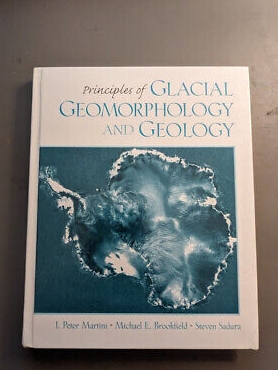Glacial geomorphology is the study of how glaciers shape the landscape through a combination of processes like erosion, transportation, and deposition. By understanding the principles behind glacial geomorphology, we can uncover the powerful forces of nature at play in shaping the Earth’s surface.
Formation of Glaciers: The first step in understanding glacial geomorphology is to learn how glaciers form. Glaciers are formed when snow accumulates in a specific area over time and compresses into ice. As more snow falls and adds to the ice mass, the glacier begins to flow downhill due to gravity.
Erosion by Glaciers: Glaciers are powerful agents of erosion, shaping the land through processes like plucking and abrasion. Plucking occurs when the glacier freezes onto rocks and then plucks them from the bedrock as it moves. Abrasion, on the other hand, happens when rocks and sediment carried by the glacier grind against the bedrock, wearing it down over time.
Transportation of Sediment: Glaciers are also responsible for transporting vast amounts of sediment across the landscape. As glaciers flow, they pick up rocks, boulders, and sediment along the way. These materials are then deposited when the glacier melts, creating distinct landforms like moraines, eskers, and drumlins.
Depositional Landforms: Glacial deposition results in the creation of unique landforms that can be used to trace the path of glaciers across the landscape. Moraines are ridges of sediment left behind by a glacier, while eskers are long, winding ridges of sediment deposited by meltwater flowing beneath the ice. Drumlins are smooth, elongated hills formed by the deposition of sediment under a glacier.
The Impact of Climate Change: Climate change is having a profound impact on glacial geomorphology, as rising temperatures are causing glaciers to melt at an accelerated rate. This not only affects the amount of water available for human use but also has implications for the formation and movement of glaciers.
In conclusion, glacial geomorphology is a fascinating field of study that helps us understand the powerful forces of nature at work in shaping the Earth’s surface. By uncovering the principles behind glacial processes, we can gain insight into the dynamic and ever-changing landscape that surrounds us.

